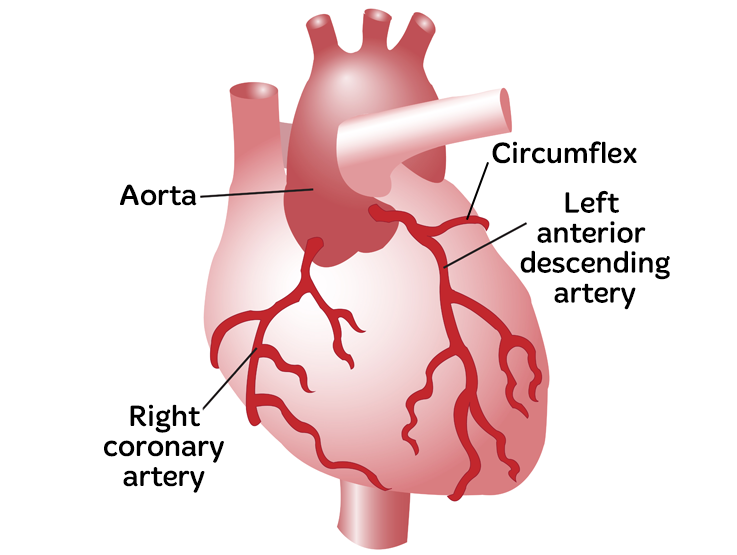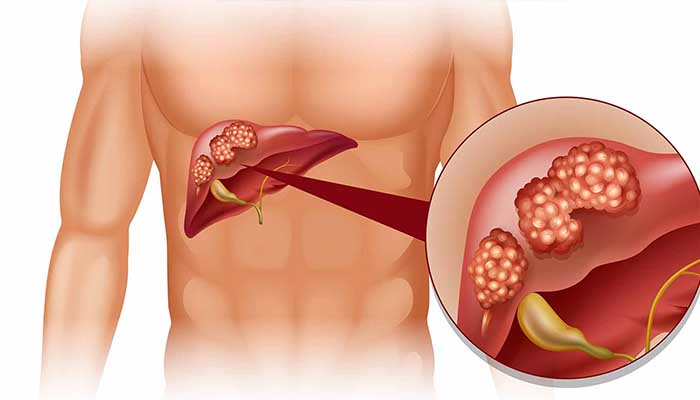CORONARY PERFUSION PRESSURE FORMULA
What Is Coronary Perfusion Pressure?
Coronary Perfusion Pressure Formula: Coronary perfusion pressure refers to the pressure difference between the inflow and outflow ends of the coronary artery, that is, the pressure difference between the aortic pressure and the right atrium. Coronary effective perfusion pressure is the driving force to promote coronary blood flow.
When the effective perfusion pressure fluctuates in the range of 8~24kPa (60~180mmHg), coronary blood flow remains relatively constant.

If the perfusion pressure is lower than this range, the coronary artery will expand to the maximum extent to prevent the heavy reduction of coronary blood; if the perfusion pressure exceeds this range, the intravascular pressure can be greater than the contractile force of the vascular smooth muscle, so that the blood vessels are inflamed and blood flow is reduced. will increase.
RELATED POST: The Lacrimal Bone
Coronary perfusion pressure refers to the pressure difference between the two ends of the tank. This pressure difference has a certain range, that is to say, it is normal within this range, but once out of this range, there will be a series of reactions, which generally lead to vasodilation, so when this happens, you should treat it in time, listen to the doctor’s advice, and ensure that you are in good health. This situation is not much of a problem.
The reason for the reduction of coronary blood flow is generally that the coronary lumen is severely narrowed by more than 50% due to organic disease, or the coronary artery has an organic disease or normal coronary artery because of its innervated nerve regulation disorder or local platelet aggregation abnormality.
Wait and spasm, resulting in a sudden reduction in coronary blood flow, or although there is no obvious stenosis in the coronary artery, the ostium of the coronary artery is narrowed, or the diastolic blood pressure decreases, resulting in a decrease in coronary perfusion.
Therefore, the reduction of coronary perfusion pressure is a dangerous signal, and it is recommended to further check the coronary conditions in combination with clinical symptoms.
The main cause of the disease is coronary atherosclerosis. When coronary atherosclerosis develops to a certain extent, and the lumen of the coronary arteries is severely narrowed and blocked, it can cause myocardial ischemia and hypoxia, resulting in a series of symptoms (such as chest tightness, angina pectoris, etc.), and even life-threatening myocardial infarction.
SUGGESTED: Tortuous Colon
ABNORMAL CORONARY PERFUSION PRESSURE
Pay more attention to avoid overwork and excessive mental stress in life. Avoid excessive physical work and strenuous exercise.
If this kind of coronary perfusion pressure is not within the normal range, you must maintain a good attitude and ensure your health is the most important thing. You must pay attention to your good mood and your own living and resting habits.
You should also ensure that you have a good night’s sleep. If this happens, you should first go to the local hospital for a comprehensive examination and listen to the doctor’s opinion.
Having an abnormal coronary perfusion pressure doesn’t spell doom instantly and getting panicked about it could do more harm than good. So relax, calm yourself down and heed your physician’s advice.
Thank you ready! Kindly comment and share!
Sharing Is Caring!

